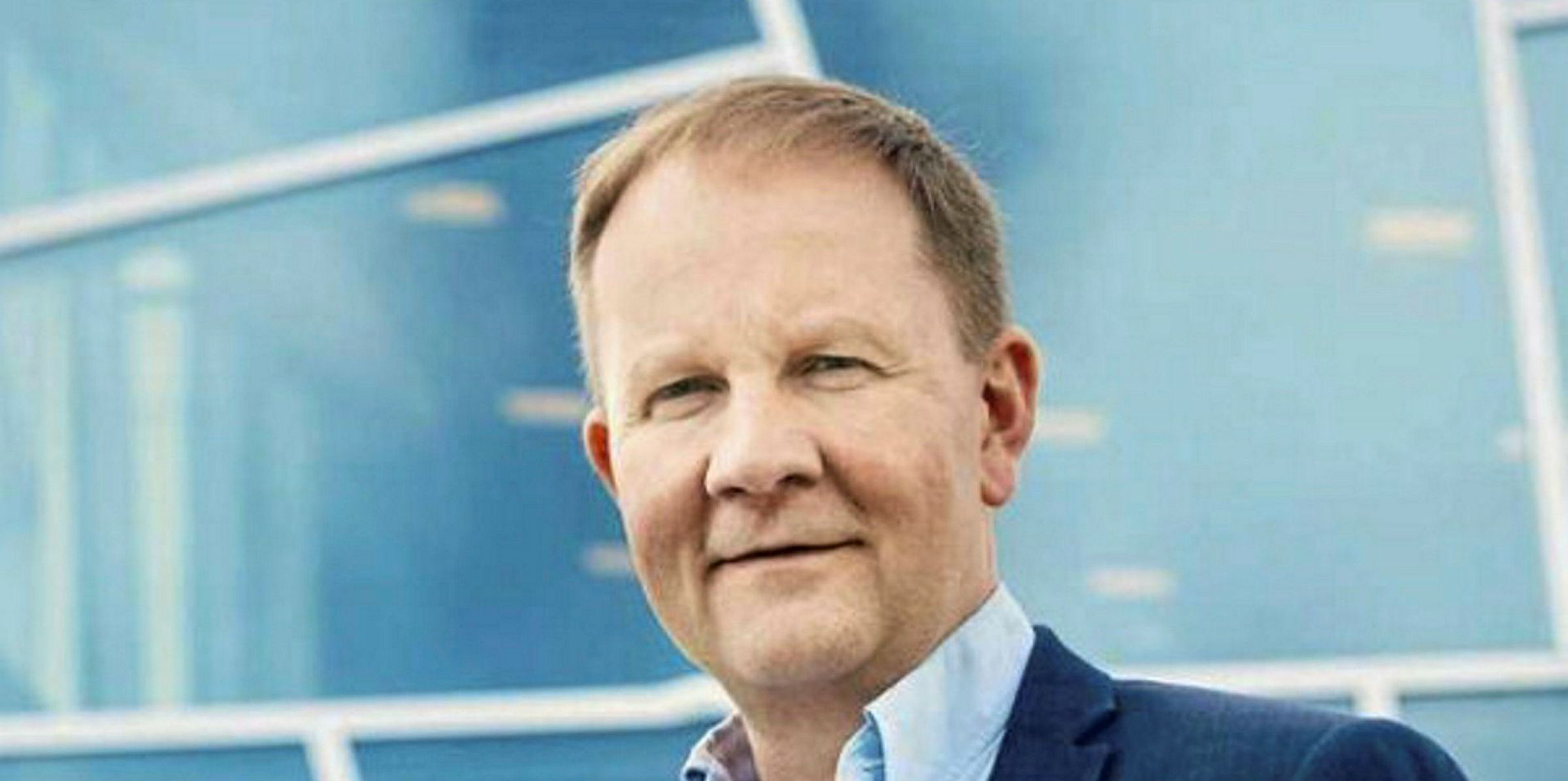SFL Corp has warned investors that the forbearance period agreed between Seadrill and its senior lenders could expose the leasing firm to risk of enforcement action.
Oslo-listed Seadrill has signed forbearance agreements with senior lenders, to halt interest repayments on its bank debt and bonds until 29 September.
But this halt in interest payments could constitute an event of default under the leases and corresponding financing agreements for three drilling rigs that Seadrill has leased from SFL.
SFL has provided "limited" guarantees for the rigs under the financing agreements.
"Unless cured or waived this could result in enforcement of such cross default provisions under the leasing agreements and corresponding financing arrangements," SFL Corp said in a filing to the Oslo Stock Exchange on Thursday.
"We continue to have a constructive dialogue with Seadrill and the banks financing the three rigs, in order to find a balanced solution."
Seadrill has paid SFL Corp the charter hire it owes for September on three leased drilling rigs.
Room to breathe
During its forbearance period, interest payments and instalments will continue to be served on the three units.
Seadrill and SFL are within Norwegian shipping tycoon John Fredriksen's portfolio of companies.
After signing the forbearance agreements, Seadrill's senior creditors have agreed not to exercise any voting rights or take any other action if the company defaults on interest payments due this month.
Debt facilities that finance the rigs on lease from SFL are not part of any Seadrill forbearance agreement.
Seadrill hopes to buy more time to negotiate a restructuring of its balance sheet with its creditors, which could involve the use of a court-supervised process.
Two of the harsh-environment rigs leased from SFL — the jack-up unit West Linus and the semi-submersible rig West Hercules — are employed on contracts with oil majors in the North Sea.
The other rig, the semi-submersible West Taurus, is laid up in Norway.
Seadrill believes it has enough liquidity to complete the restructuring process and had $1bn in total cash at the end of the second quarter against $7.4bn in debt.
Business is continuing as usual at the firm.






